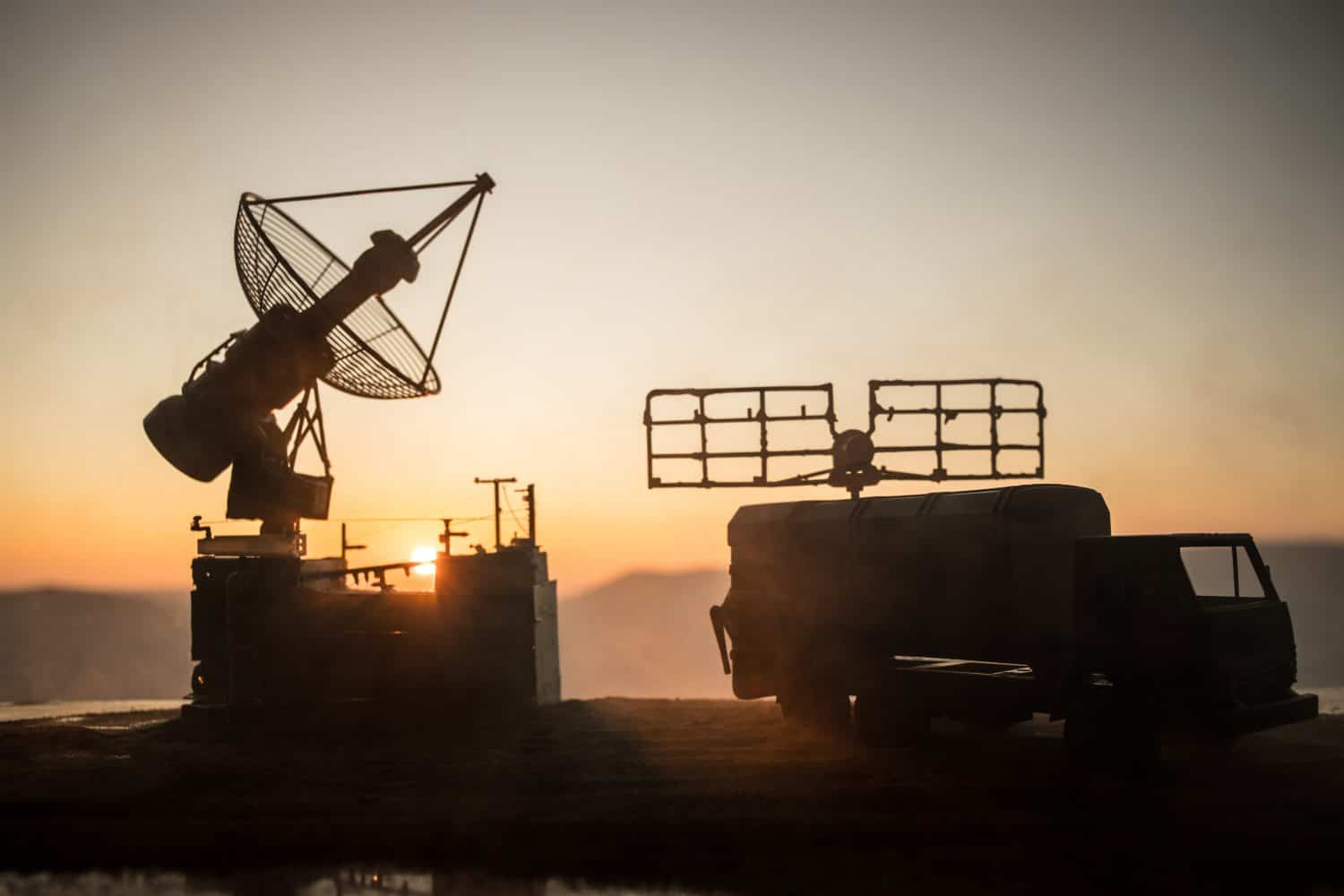
"Russia's 2022 invasion of Ukraine was supposed to be a short campaign, but the larger country's swift victory anticipated by many analysts failed to materialize. Part of the reason for Ukraine's effective defense was Kyiv's early warning of the build-up of Russian forces on its border. U.S./allied intelligence warned Kyiv, but another non-government source tipped them off to the impending invasion: commercial imagery, especially Maxar's optical photos, publicly documented the build-up and the initial invasion, revealing the long convoy heading toward Kyiv on Feb. 27, 2022."
"Though optical imagery (e.g., Maxar) was instrumental in warning of the initial attack, all-weather synthetic aperture radar (SAR) became crucial as the war progressed. Because February is often cloudy in Ukraine, SAR became especially valuable for persistent coverage, as it can "spot" threats even in obscured conditions. This post was updated on October 14, 2025 to clarify the global space economy value, initial optical imagery warning, SAR use in detecting ice thickness, invaluable use of SAR as the war progressed."
"Innovation has always been a key part of warfare, but it is usually some time before a new idea becomes viable in a military sense. In recent years, startups have emerged to challenge more established names in the defense sector. Washington substantially increased funding for the Defense Innovation Unit (DIU) to harness new ideas more effectively. Lessons drawn from Ukraine and other active conflicts will strongly influence future spending priorities."
Russia expected a swift victory in 2022 but failed to achieve one. Kyiv received early warning of the Russian buildup from commercial optical imagery, notably Maxar, which publicly documented troop movements and a large convoy toward Kyiv. As the conflict progressed, all-weather SAR proved crucial for persistent surveillance, especially during cloudy February weather and for applications like ice-thickness detection. Startups played a significant role in providing new capabilities and challenging established defense suppliers. Falling launch costs and a growing commercial space economy expanded observation capacity. Increased funding for innovation efforts like the DIU will shape future defense procurement and spending priorities.
Read at 24/7 Wall St.
Unable to calculate read time
Collection
[
|
...
]